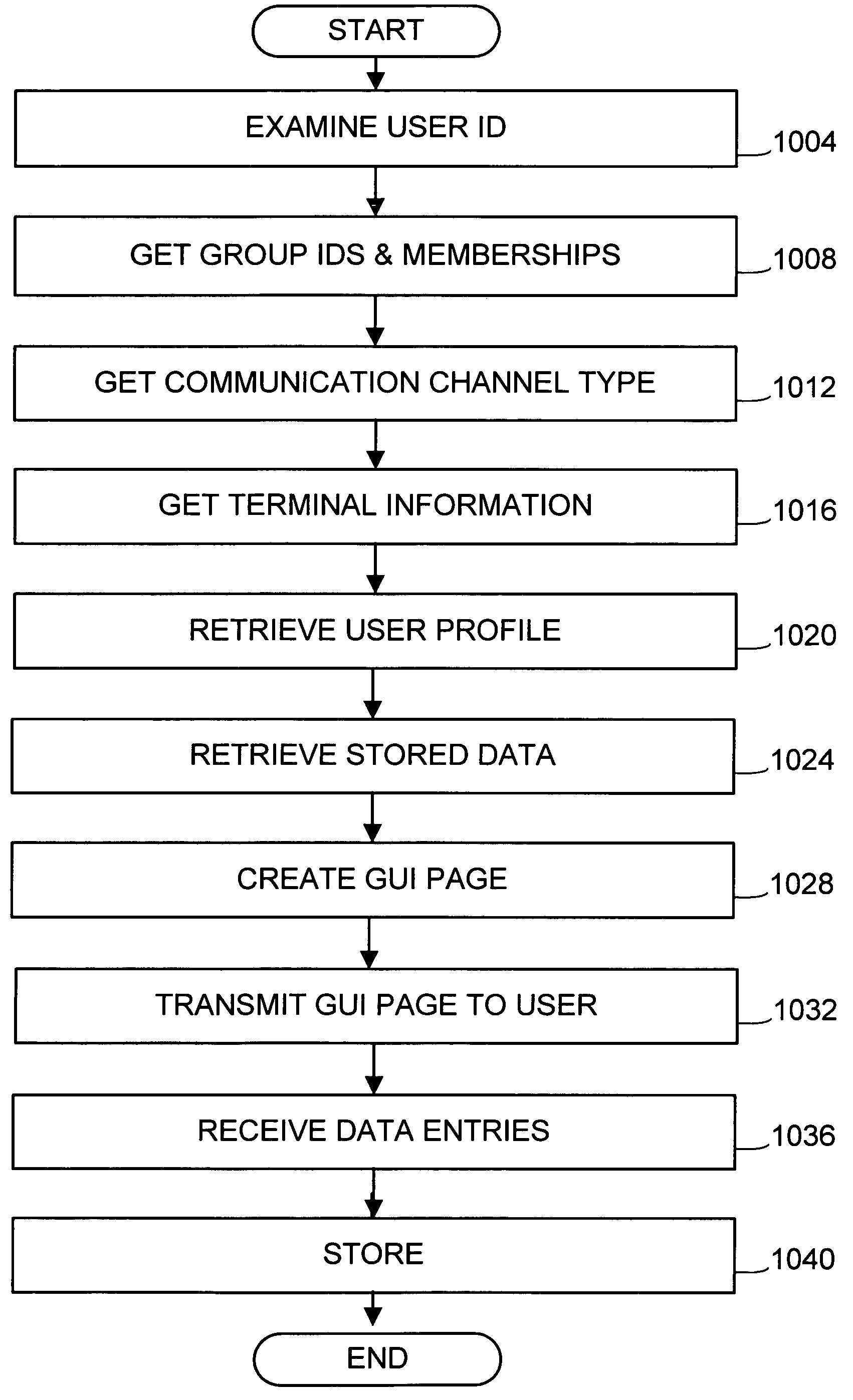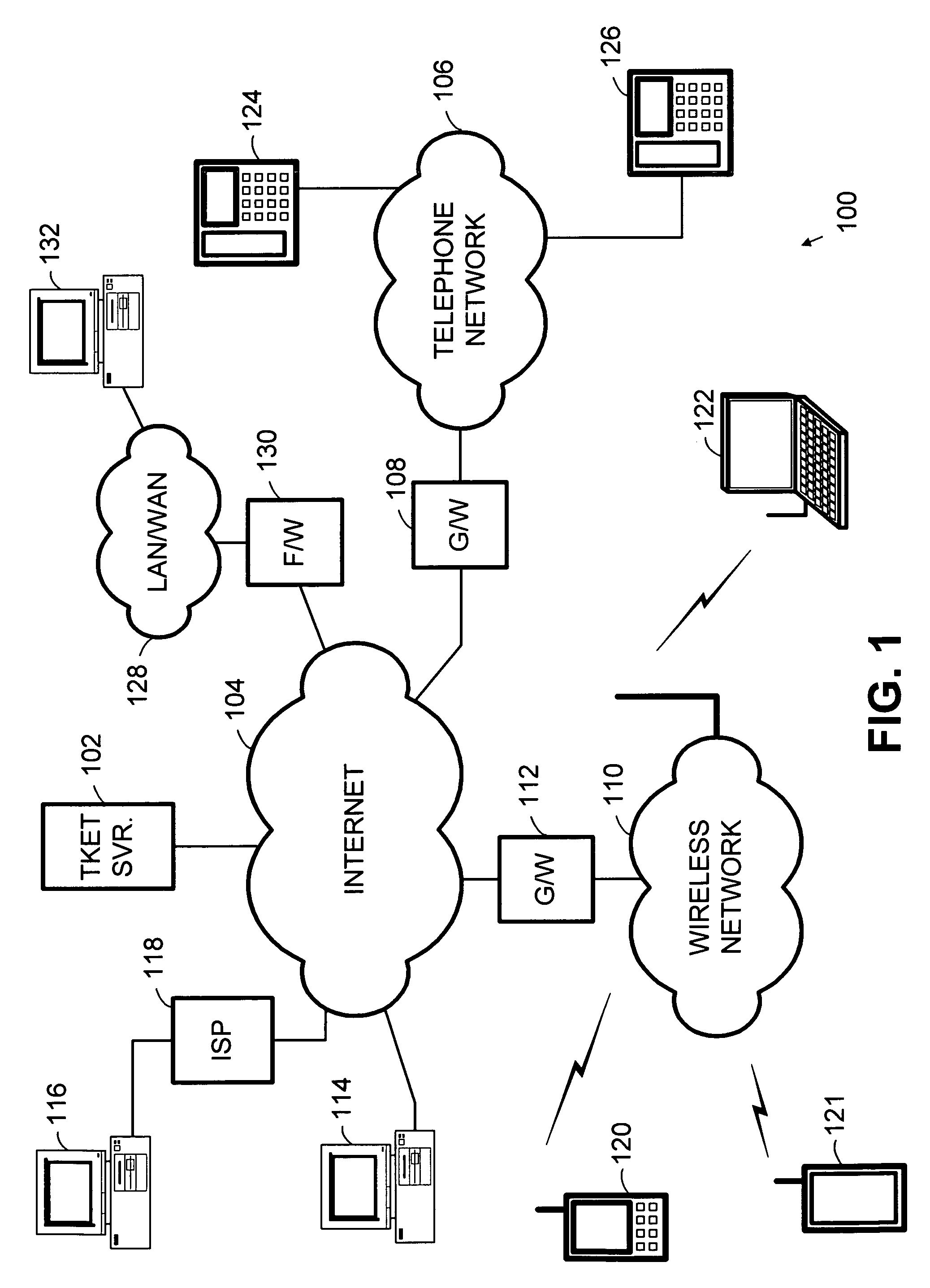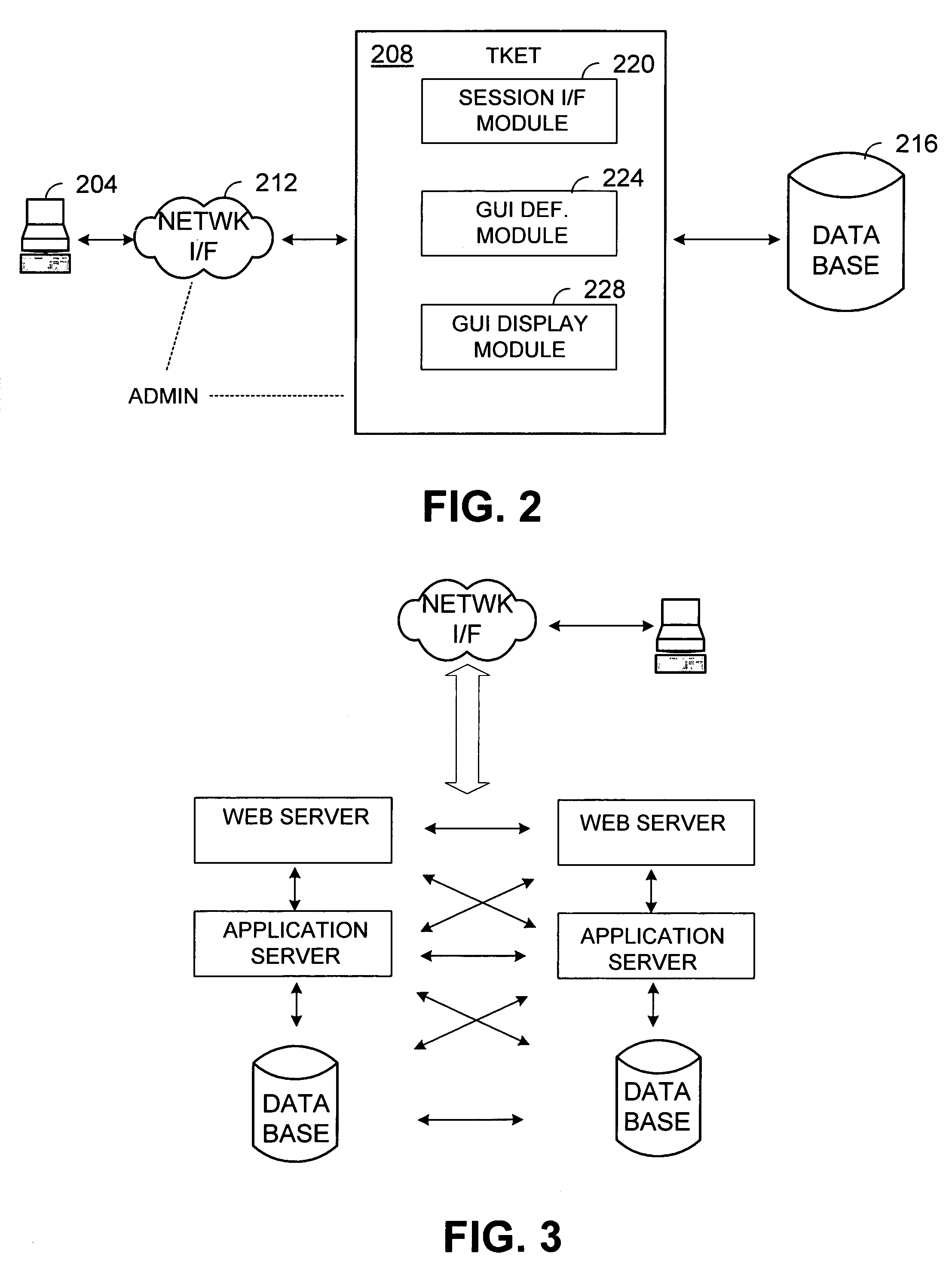Method and apparatus for a web based punch clock/time clock
a web-based, clock-based technology, applied in the field of computer-based time keeping and expense tracking systems, can solve the problems of time keeping being more difficult where a workforce is distributed, prone to errors and expensive, and the overhead associated with this process may easily exceed twenty percent, so as to simplify the creation of the gui screen and the operation of presentation.
- Summary
- Abstract
- Description
- Claims
- Application Information
AI Technical Summary
Benefits of technology
Problems solved by technology
Method used
Image
Examples
Embodiment Construction
” having Ser. No. 09 / 606,436.
BACKGROUND
[0011]1. Technical Field
[0012]The present invention relates generally to computer based time keeping and expense tracking systems, and more particularly to such a system that may be customized on an entity, group, project, user or other basis and that is capable of communicating with a calendar application.
[0013]2. Related Art
[0014]The tracking of workers' time has been required since workers began working on an hourly basis. An early example of hourly time tracking was the punch clock system in which a time card was assigned to each worker. Upon commencing work, the worker had his or her card punched by a clock so that the work starting time could be recorded. Then, upon ceasing work, the worker had his or her card punched again so that the work ending time could be recorded. From these starting and stopping times, a record could be constructed for a period, etc. This record was then used in preparing a paycheck for the worker and in creating ...
PUM
 Login to View More
Login to View More Abstract
Description
Claims
Application Information
 Login to View More
Login to View More - R&D
- Intellectual Property
- Life Sciences
- Materials
- Tech Scout
- Unparalleled Data Quality
- Higher Quality Content
- 60% Fewer Hallucinations
Browse by: Latest US Patents, China's latest patents, Technical Efficacy Thesaurus, Application Domain, Technology Topic, Popular Technical Reports.
© 2025 PatSnap. All rights reserved.Legal|Privacy policy|Modern Slavery Act Transparency Statement|Sitemap|About US| Contact US: help@patsnap.com



